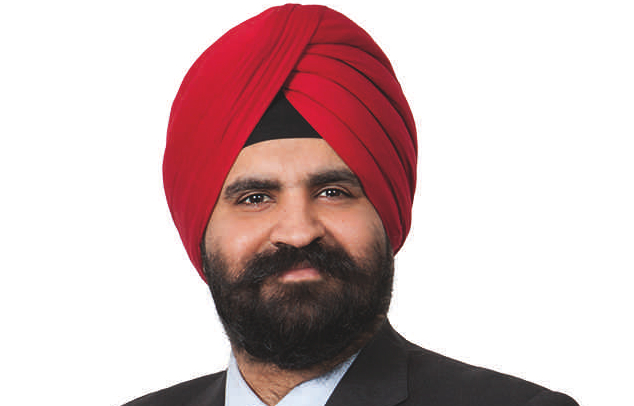Ashish Kochar and Neil Robson, co-fund managers of the Threadneedle Global Extended Alpha Fund, explain in this interview with Funds Society the benefits from a 130/30 strategy and the need to generate alfa in a more volatile world.
The ‘Extended Alpha’ concept that names the strategy: In what does it consist exactly?
The easiest way to think about an Extended Alpha fund vs. a typical Long only fund is the analogy of competing in a race with other Long only Funds but with a 60% bigger engine (in this case the 60% extra Gross; upto 30% each from both the Long book and the Short book.)
Extended Alpha Funds or the 130/30 funds take short positions in stocks that are expected to fare badly, while taking long positions in stocks that are expected to outperform the market. The ultimate aim is to create a positive spread between the longs and the shorts. It might sound odd but even if the shorts outperform the market (benchmark) but underperforms the long stock – it still works in creating a positive spread ie alpha creation. They are called 130/30 because approximately 130% of the portfolio is invested in long positions, and 30% in short positions. (Investment managers can short a higher or smaller proportion of the portfolio). These funds have an overall net exposure to the market of approximately 100% and a beta near one, the same as a long-only fund.
How do holding short positions help raising the portfolio’s value?
Shorts positions help the portfolio value in two ways. First, positive alpha creation: You short something and it goes down and you create alpha. This is the bit that is easy to understand. Second, risk management for long book: This is the more interesting bit in that it allows one to own more of what they like in the long book and hedge out part of the risk by shorting a less good company.
In the current market: Is it more important to capture the ‘beta’ or obtaining the ‘alpha’? Why?
Over the past few years strong market performance has provided attractive market (beta) returns to investors. Going forward, we expect lower returns from beta, and therefore the relative contribution and importance of alpha is quite important. In the case of Global Extended Alpha we have been able to generate excess return compounded over the last five years. The more important bit is that these returns have been generated by taking minimal incremental risk.
Do you consider that volatility in the markets will rise?
Yes. We live in an interconnected world so monetary policy changes around the world, particularly the dynamic of potential US rates rising; against slowing emerging market growth presents a major risk. We are concerned about the second-order effects of shifts in currency and commodity prices. Another risk factor is China. The economy is undergoing a long and a difficult transition. This creates new risks and volatility as we saw in the recent Chinese stock market correction.
Which is the current net exposure of the fund and why? Is it time to be cautious or aggressive in the markets?
The Net exposure of the fund is in the middle of the range with beta near one. Equity markets are finely balanced at present and as long as one is confident about growth they look remain attractive relative to bonds. (This is illustrated by the gap between Earnings vs. Bond yields in the chart below.)
Do you believe that there are ‘bubbles’ in some equity markets?
Generally speaking no, we don’t see bubbles within major equity market regions. Some subsectors of the market (and indeed valuations in some private markets (venture capital technology for instance), do look frothy.
Is there value in the global markets? Where would you identify better values for your long and short positions (in sectorial terms, by countries)?
At the present time we believe the global market is relatively fully valued. From a long perspective we favour the US, technology, and consumer sectors.
In your fund’s particular case, you hold conviction bets. How is conviction better than diversification? Is it possible to obtain a diversified portfolio while holding position in few names?
We have a large team, regional team resources, and central research analysts available to us, which means we generate a large number of high conviction ideas within our global opportunity set. Through our investment process we can achieve reasonable diversification by sector and region while only owning stocks that we have strong conviction in. We never own stocks just because they are in our benchmark.



